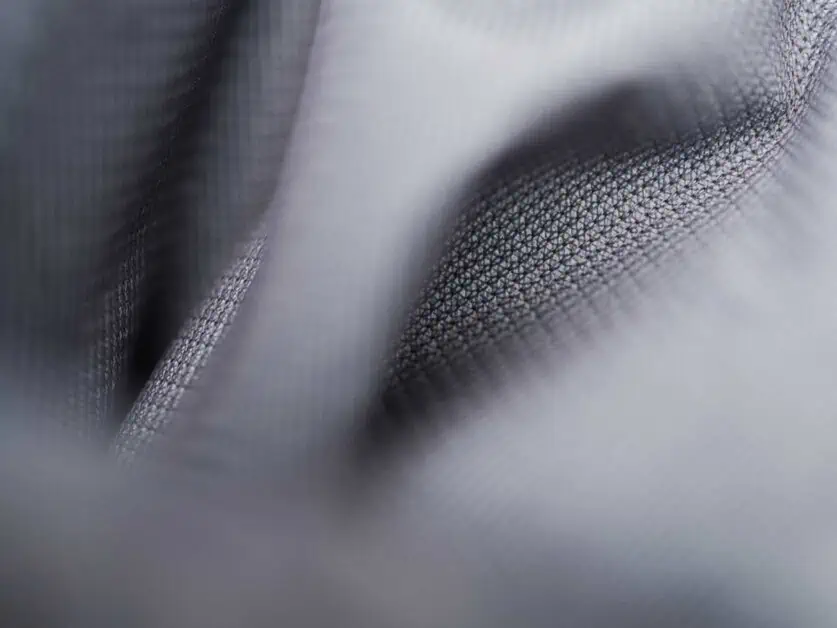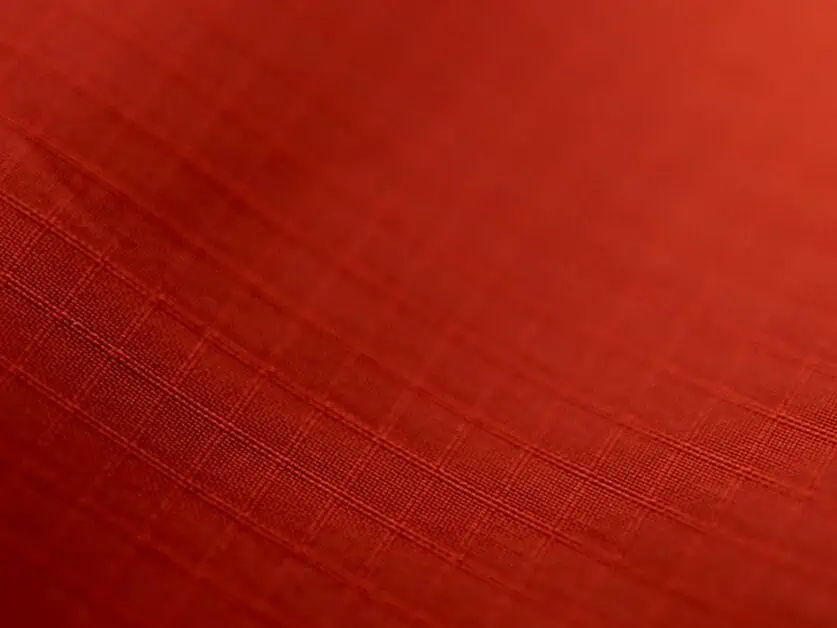Table of Contents
ToggleWhere We Test
At This Expansive Adventure, we certainly know about rain! With that in mind, we spend a lot of time testing in pretty much any weather you can expect to experience in the outdoors. We believe it’s important to put all the products we recommend to the test in real scenarios. We don’t just test products once; we test rigorously and get to a sweet spot with them where they are performing their best (or not so best) before we give them to go ahead for our reviews and recommendations. This means you can feel safe knowing that what you’re buying is going to stand up to the test, and we’ll always give our honest opinion.
Rain jackets may seem like an essential piece of kit that you take for granted, but it’s actually a life saver, especially in colder, windier and even icy conditions where staying dry can be vitally important to your wellbeing.
Editor’s note: This article is part of our guide to the very best waterproof rain jackets for hiking, be sure to check out the rest of this guide for our top buying tips:
Testing Metrics
A raincoat’s most important purpose is whether or not it keeps you dry, and more importantly, whether it keeps you dry enough in the kind of rain you’re most likely to experience in the places you get outdoors. However, there are so many other factors we consider when testing the raincoats we’ve recommended to you – and these all work together to decide whether it’s a product worth recommending. Water resistance, price, breathability, comfort, packability are all extremely important, amongst others, and below we’ve gone into more detail about how we categorize our decisions and testing metrics.
Type and Style
There are without a doubt a lot of raincoats on the market, some of them, even from well-known outdoors brands, are aimed at what is known as the light sport end of the market, or for rain showers rather than full on rain. We’ve referred to the differences in these as daily use, daily use/hiking, hiking and performance/hiking to distinguish their main usage. You can get a good indication of which use the jacket you’re looking to buy is intended for by looking at our overall comparison table for this metric.
Something that is classed as daily use is going to be less rigid for technical hiking than something that is classed as performance or hiking led, so it really depends on where you plan to wear your jacket. For example, if you want something that works just as well off the trail too, you may be better going for something that is fit for everyday use or hiking. In terms of style, there are many different coatings, fabrics and other areas of the overall design that have an impact on the style of a rain jacket. Style can also refer to whether a jacket is a ‘soft shell’ or a ‘hard shell’ layer. More on some of these metrics below.

Price
Price is an extremely important metric for us when making our decisions on what products we recommend to you from our in-field testing. Whilst we believe that the higher price point products out there are generally worth the money you’ll spend (usually technological advancements, performance, fit, longevity etc) and if you have the money available, making investments in your kit like that is going to last you a long time, we also know this isn’t reality all the time. The price of outdoor gear can be a barrier for many people, for a whole variety of reasons and if you’re looking for some of your first gear and are new to the scene, don’t always want to spend larger amounts straight away.
In our testings, we’ve looked at how a jacket’s price point affects its performance, and we’ve made our recommendations based on what gives the best value for money and sense of longevity, and moreover, the most safety features and sense of security.
Water Resistance
There are a lot of technical boasts out there when it comes to rain jackets, and if you spend any time looking at the manufacturers spec, this can become quite overwhelming. Water resistance and waterproofing is the most important metric when it comes to a waterproof jacket (that should go without saying). But there is a difference in how waterproof a jacket is in relation to where it is being used. For example, you can expect a 3L rain layer to be more waterproof than something that is rated at 2L or even 2.5L, but don’t let that fool you, because waterproofing is relative to where you spend most of your time.
We test the rain jackets we recommend in a whole range of settings, from drizzle and ‘light rain all day’ kind of hikes through to torrential downpours to get a feel for the range a particular coat has to offer.

Breathability
For us, next to how waterproof a jacket is, is its breathability in order of importance. Naturally, when a jacket is intended to be worn against extreme elements, it will often become more rigid, and this can mean a lack of breathability. Breathability is incredibly important as otherwise, you can end up with a layer of sweat on the skin, which can become uncomfortable and itchy if experienced whilst outdoors (taking away from your enjoyment) but it can also mean that you’ll feel the cold more, and especially when you take your jacket off.
When testing, it’s about getting a balance between breathability of fabrics alongside waterproofing – generally, we’ve found that brands who make use of the latest technology for their materials produce the most wearable, breathable products. We test using physical exertion and typical experiences outdoors to test breathability, as well as making the most of changing temperatures, sun and wind to create numerous possible real-life scenarios.

Comfort and Mobility
Comfort and mobility are comprised of several features when it comes to rain jackets. Firstly, comfort is more than how it feels when it is on your back, it’s about how it actually feels to wear it outside. One main problem with rain jackets is how ‘loud’ they are to wear – because of the nature of materials used, they can make a good amount of sound when your arms brush against your sides, or when moving around. We ask numerous questions when testing: does the sound the jacket makes impact your hike or time outdoors?
When you have your hood up, can you actually hear what is going on around you? How comfortably does the hood sit on the head? Does it move around? It’s also about mobility – is it really rigid to move your arms, or to crunch up your core when scrambling? All of these questions form the basis of our testing when it comes to comfort and mobility in rain jackets.
Materials
Not all rain jackets and waterproofs are made equal and the materials that each manufacturer makes use of form a great part of that. This is especially so when comparing jackets that have a more overall use, compared to jackets that are more performance or technically led. We haven’t just tested the rain jackets waterproofing though when it comes to materials, we’ve tested how hard wearing they are. You want to know that in the outdoors, your jacket is going to be able to withstand bumps, knocks and scrapes with rocks, trees and other debris. If your jacket rips, it becomes a lot less waterproof, so this is something that was key for us with testing to make our recommendations.

Appearance
Gone are the days where outdoor gear looks drab, and you wouldn’t dream of wearing it anywhere but the trail. Now, many outdoor brands have seen that there is a real market for making stylish clothing that can have multiple purposes. Not only is this great, because wearing a product that looks good makes you feel good. It’s also a great way of cutting down on product wastage – if you don’t need to have 3 different products and instead can have one that fits every use you have, this makes a big difference, and is especially important to sustainability. When testing, we were looking at how the technical aspects, waterproofing, weight etc were all combining together alongside the look and feel of the jacket and what it offers in terms of its appearance and ‘want to wear’ factor.
Durability
When making an investment in a rain jacket, you want to know it’s going to stand the test of time in terms of waterproofing, but you also want to know it’s going to stand up against the kind of things that time outdoors will throw at it (aside from rain alone). The same as with materials chosen, we tested the durability of the jackets we’ve recommended against the kind of circumstances you’re going to find in the outdoors. In our tests, we replicated the kind of things that would lead to rips, scrapes and bumps that could change the dynamic of the fabric, create weak points, and even worse, potentially create rips in the fabric.

Weight and Packability
It’s likely that there are many circumstances where you’re going to want to have your raincoat packed away in your backpack – perhaps rain is forecast for later on, or you want to make use of a bulletproof layering system for your time outdoors. Packability is important, as you want to know just how much room a rain jacket is going to take up in your backpack when not wearing, and can make a big difference in some circumstances, such as backpacking.
Weight is of course a very important metric when it comes to what is going to go into your backpack, especially so if you’re backpacking, so we have taken into consideration how the raincoats we’ve recommended feel when they’re packed away. Weight isn’t just something that concerns how it feels packed away though, weight is also important to consider when it comes to how it feels on your body, and we considered how the rain jackets felt on, alongside their waterproofing and durability performance.
